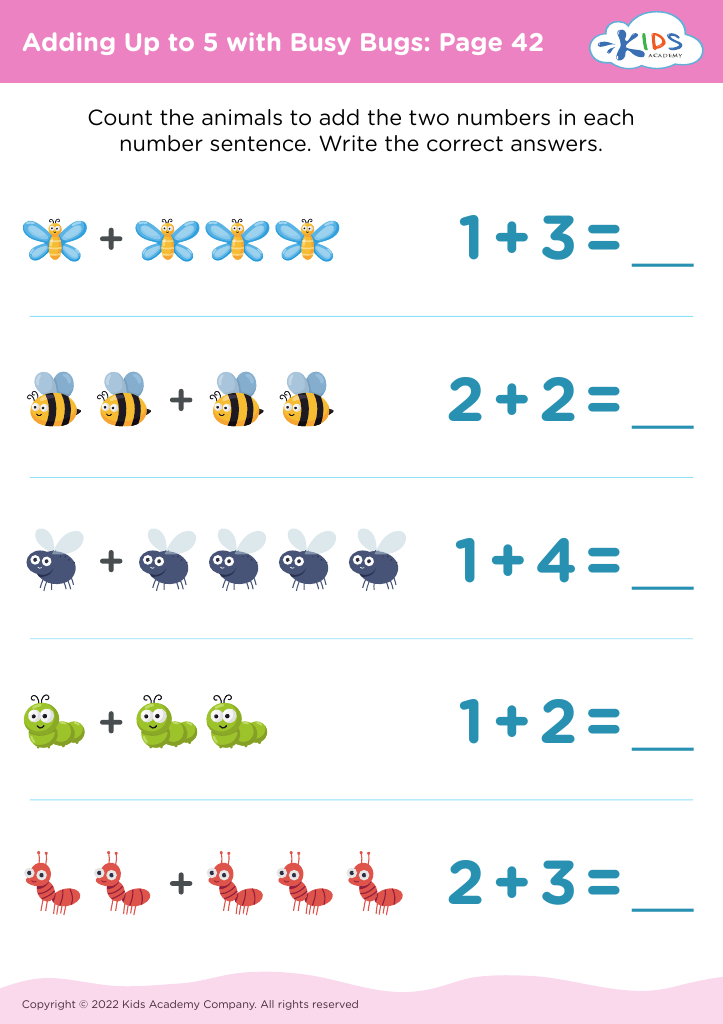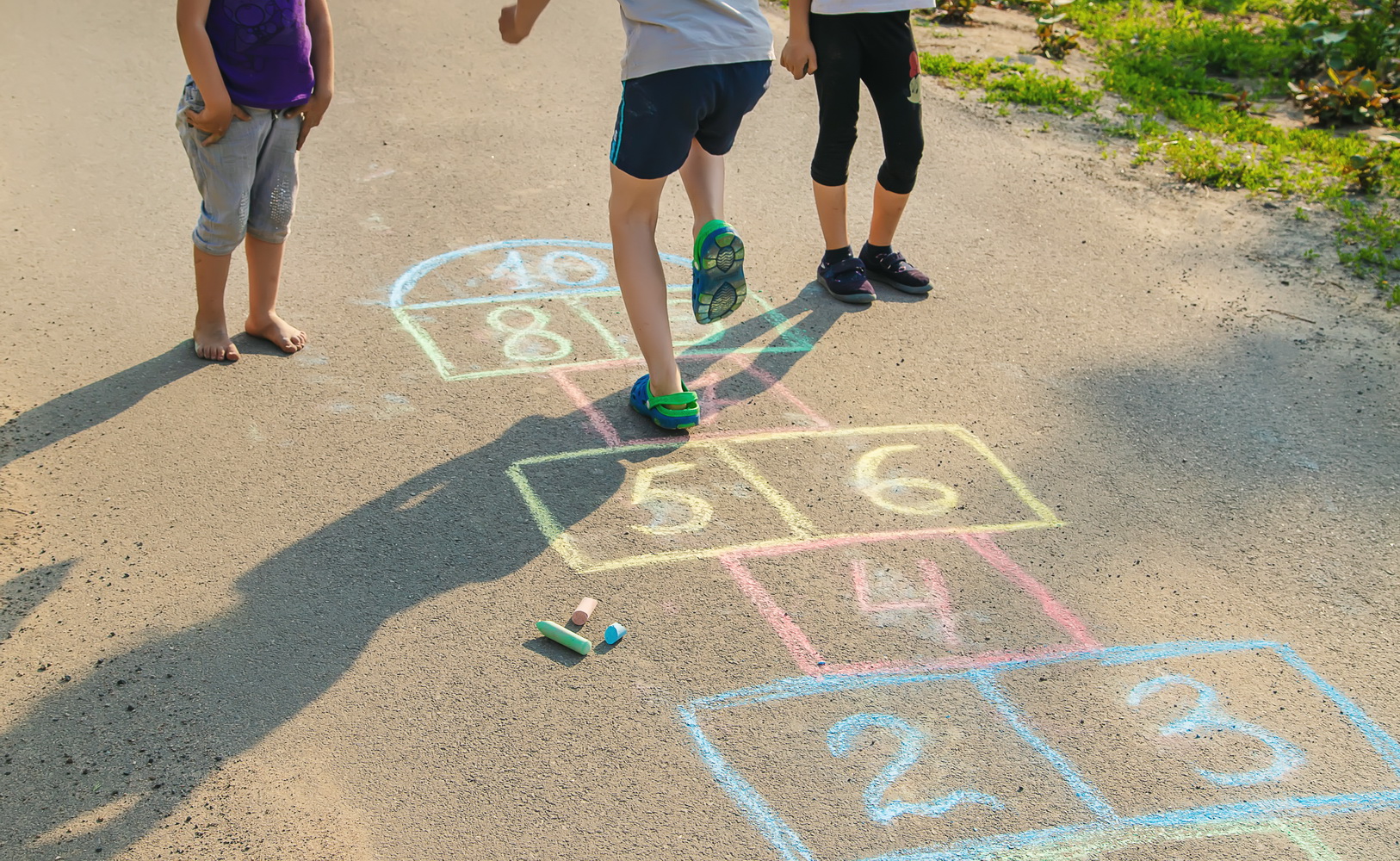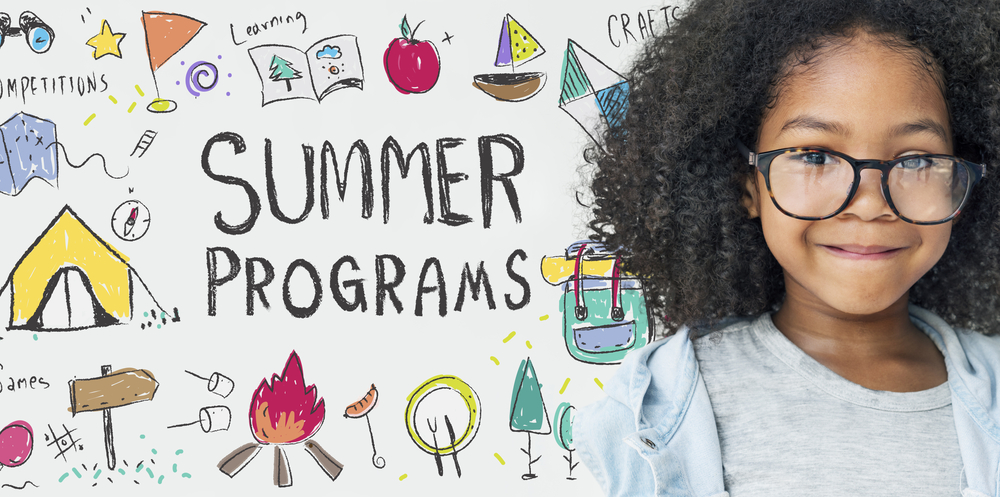Visual perception Addition Worksheets for Ages 4-8
16 filtered results
-
From - To
Enhance your child's math journey with our Visual Perception Addition Worksheets designed specifically for ages 4-8! These engaging, printable worksheets focus on improving kids' visual skills while introducing fundamental addition concepts. Through colorful illustrations and interactive exercises, children learn to recognize numbers, shapes, and patterns, crucial for developing their mathematical understanding. Perfect for teachers and parents alike, our worksheets offer a fun and effective way to strengthen visual perception and boost confidence in early math skills. Explore our diverse selection of activities that promote learning through play, ensuring a delightful educational experience for your little ones!


Adding Flower Petals Worksheet
Visual perception is a critical skill that significantly impacts a child's overall development, particularly in their early years. For children aged 4-8, effective visual perception contributes to a range of learning experiences, from foundational math skills like addition to reading comprehension and handwriting fluency.
Children with well-developed visual perception can identify and interpret visual information quickly and accurately. This is essential in addition exercises, where they need to recognize numbers, count objects, and understand spatial relationships. Poor visual perception can lead to difficulties in grasping basic mathematical concepts, which may affect their confidence and motivation in learning.
Teachers and parents should care because strong visual perception lays the groundwork for future academic success. Engaging children in activities that enhance these skills—such as puzzles, pattern recognition, and interactive games—can boost their critical thinking and problem-solving abilities. Moreover, fostering good visual perception at an early age can reduce the likelihood of learning difficulties later on.
In summary, investing time in developing visual perception skills for ages 4-8 equips children with essential tools for lifelong learning and academic achievement, making it a priority for both parents and educators.





 Assign to My Students
Assign to My Students


























